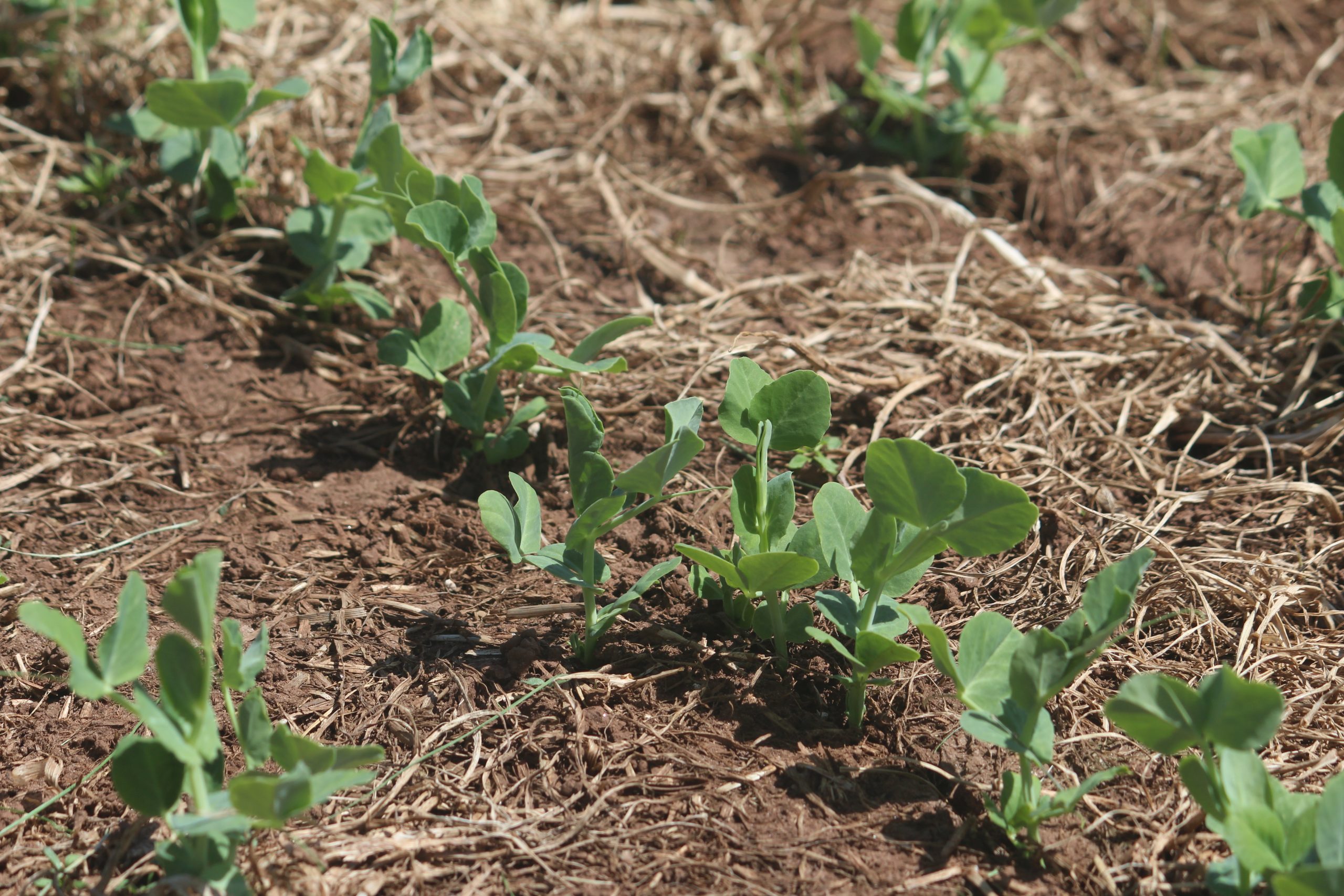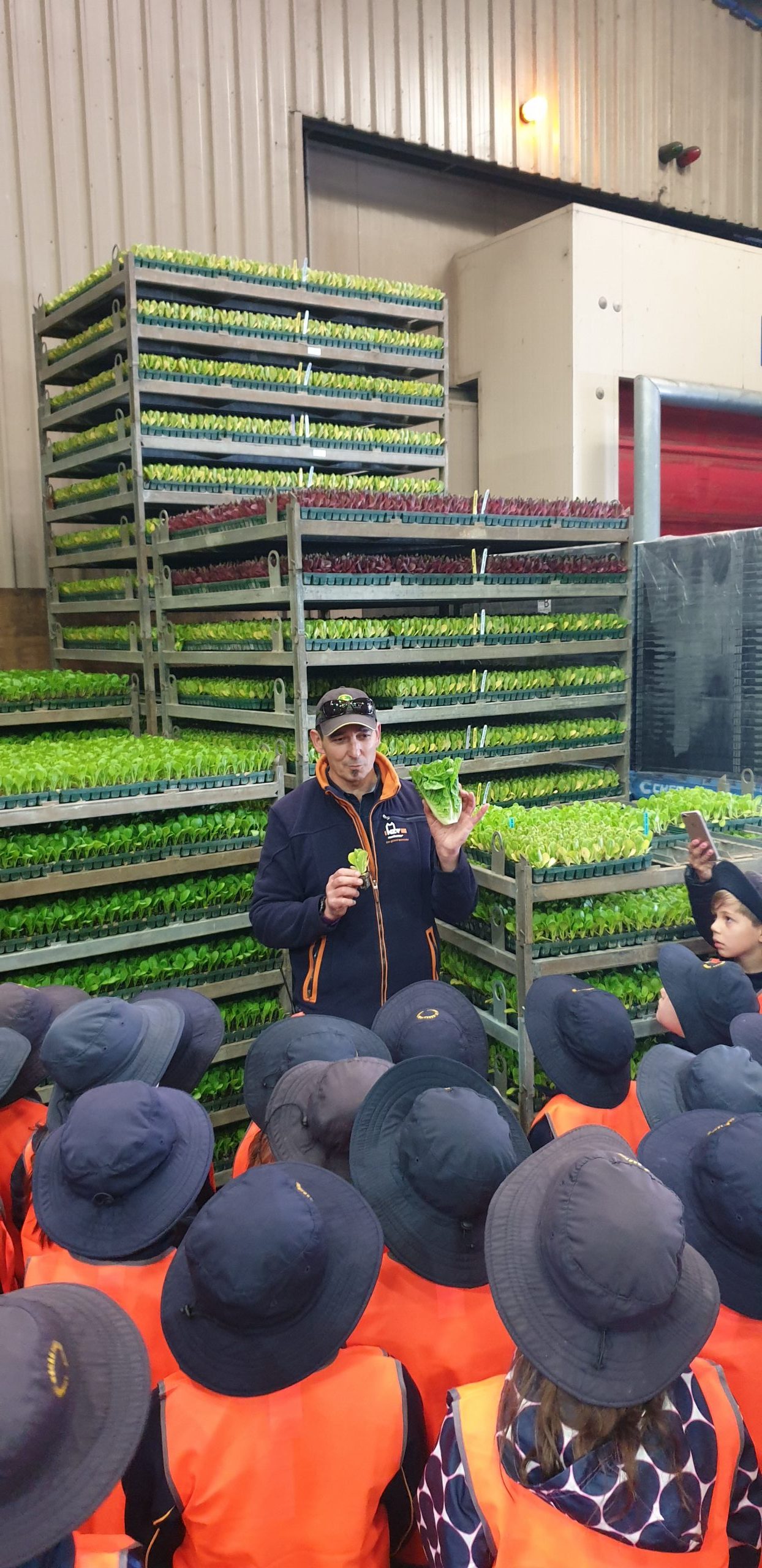
Vegetable Crop Nutrition Masterclass reaps online rewards
30 November 2020
Nick Eyles: Eyeing off a sustainable future in Tasmania
30 November 2020Paul Gazzola is a third-generation vegetable grower, with his main operation located at Somerville on Victoria’s Mornington Peninsula. AUSVEG EnviroVeg Coordinator Danielle Park speaks to Paul about the challenges faced in 2020 and his long-time involvement in ensuring environmental best-practice in the vegetable industry.
The challenges facing vegetable producing businesses throughout 2020 have been immense.
The ramifications of changing levels of COVID restrictions and large fluctuations in the demand for vegetables – along with a simultaneous spike in interest among consumers about the importance of fresh, nutritious vegetables – have made the year a test for everyone.
Changing operating requirements, and the challenge of accessing labour, have resulted in an increased workload for many producers. This has made the task of looking at the bigger picture of on-farm environmental sustainability moved down the list of grower priorities.
In response to the time constraints facing growers, the EnviroVeg Program has begun to test facilitated group sessions in some locations. The use of a group session to support vegetable producers complete their EnviroVeg self-assessment is available upon request (see breakout box for further details).
The EnviroVeg Program 2017-2022 is a strategic levy investment under the Hort Innovation Vegetable Fund.
Case study: Paul Gazzola – Gazzola Farms, VIC
Victorian vegetable grower Paul Gazzola produces broccoli, celery, lettuce, bok choy, choy sum and Chinese broccoli at his Mornington Peninsula operation.
Paul has a long history with programs looking to understand the environmental impacts of vegetable production.
Paul was involved with the Vegetable Growers Association of Victoria (now AUSVEG VIC) when it helped to develop a precursor to the EnviroVeg Program. This ensured the program was developed by the vegetable industry for the vegetable industry.
Paul is currently AUSVEG VIC President, and his operation has been involved in various environmentally sustainable programs – such as EnviroVeg – for a long time. Paul’s years of experience in this space has provided him with a depth of experience and insight on the topic.
“Being environmentally sustainable is not something you actively live and breathe every day, it’s more something you do subconsciously,” he says.
“It needs to be more than a tick-a-box exercise. Environmental sustainability is a little like integrated pest management – it’s a way of farming.”
This is where EnviroVeg comes in.
“EnviroVeg is a tool that I have used to look at my system to find where the next improvement is going to be made,” Paul says.
COVID-19 impact
For this article, Paul reflects on the time management challenge and being a good environmental steward in the middle of a pandemic.
“Everyone – including our business – has been impacted by COVID-19. During this time, the workload for our quality assurance has increased,” Paul says.
The current EnviroVeg Program was able to provide benchmarking information that can work out where to begin and where to focus time to reduce a business’ environmental risk.
The program allows growers like Paul to benchmark their business against environmental best management practice.
As Paul says, growers must ask themselves several questions when undertaking the benchmarking exercise, including:
- “What am I doing?”
- “What is the industry standard and what are the expectations?”
- “What do I need to get upskilled in or improve?”
The answers to these questions can help direct the next steps on the path to improvement.
Developing solutions
The EnviroVeg Program is ideal for those looking to start a vegetable growing business or develop a new site for production. It allows growers to look at the longer-term implications of farm design and operation.
However, most vegetable production occurs on established farms; each with its own established challenges to manage. Opportunities to make improvements do exist and they may result in longer term changes.
A key challenge for the Gazzola property has been the management of run-off and the resulting sediment loss.
“It took time to get the system right,” Paul says.
EnviroVeg stepped in to assist. An initial solution was able to keep sediment on the property, managing water through a drainage system terminating in a catchment area contained within the property.
Over time, the decision was made to invest in a more permanent solution where topsoil was captured and returned to growing blocks. The solution included a concrete-lined catchment pit.
“There’s only so much topsoil and we cannot afford to lose any,” Paul says.
Although a solution was found to address this issue, there is always further work to be done.
“You’re never finished. There is always something new or a better idea or new innovations. It is an ongoing exercise,” Paul concludes.
Group sessions offered for growers
During spring 2020, the EnviroVeg Program conducted a short facilitated group session to assist growers with completing their self-assessments. Participants of this session were from Victoria’s Gippsland region.
Together with Doris Blaesing from RMCG and VegNET – Gippsland Regional Development Officer Bonnie Dawson, the group reviewed its practices of two elements from the EnviroVeg self-assessment.
This focused on soil management practices along with nutrition and fertiliser management. The group investigated relevant research and discussed opportunities for future improvement.
The EnviroVeg program has been able to offer this ‘group learning’ option to assist interested growers get started. Similar sessions are available to support vegetable producers complete their EnviroVeg self-assessment upon request.
Please contact EnviroVeg Coordinator Danielle Park to express your interest.
Find out more
Please visit the EnviroVeg website.
For help with accessing the EnviroVeg self-assessment, please contact AUSVEG EnviroVeg Coordinator Danielle Park on 0432 324 822 or email danielle.park@ausveg.com.au.
This project has been funded by Hort Innovation using the vegetable research and development levy and contributions from the Australian Government.
Project Number: VG16063
This article first appeared in Vegetables Australia – Summer 2020/21. To read the full publication, please click here.


